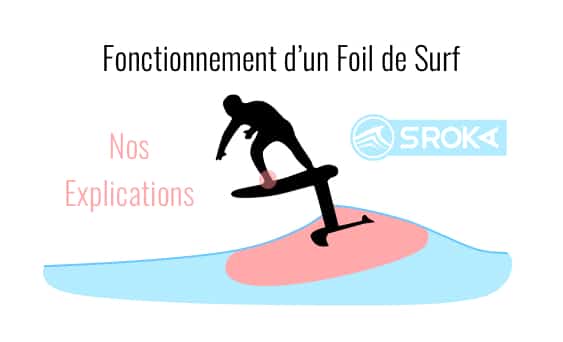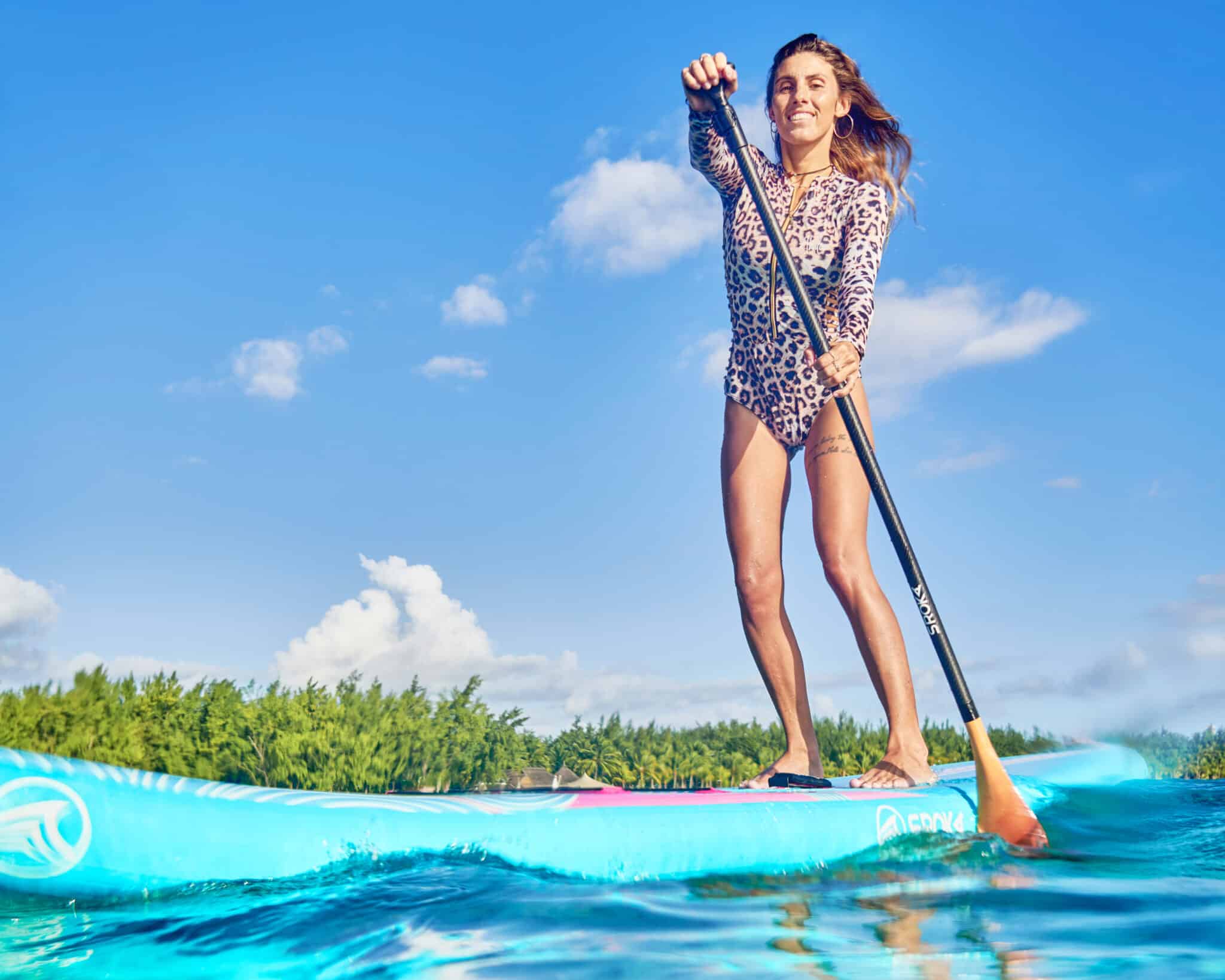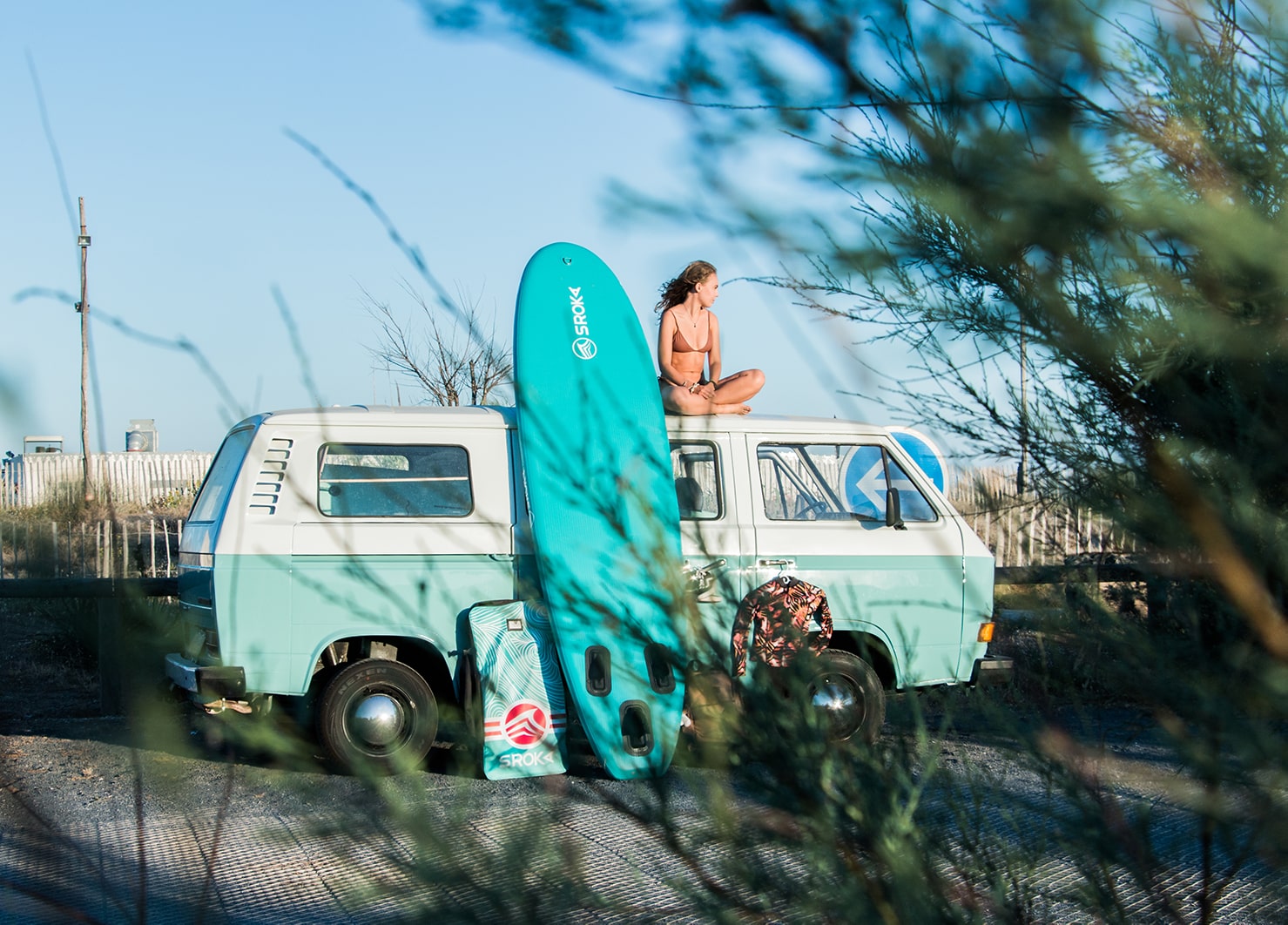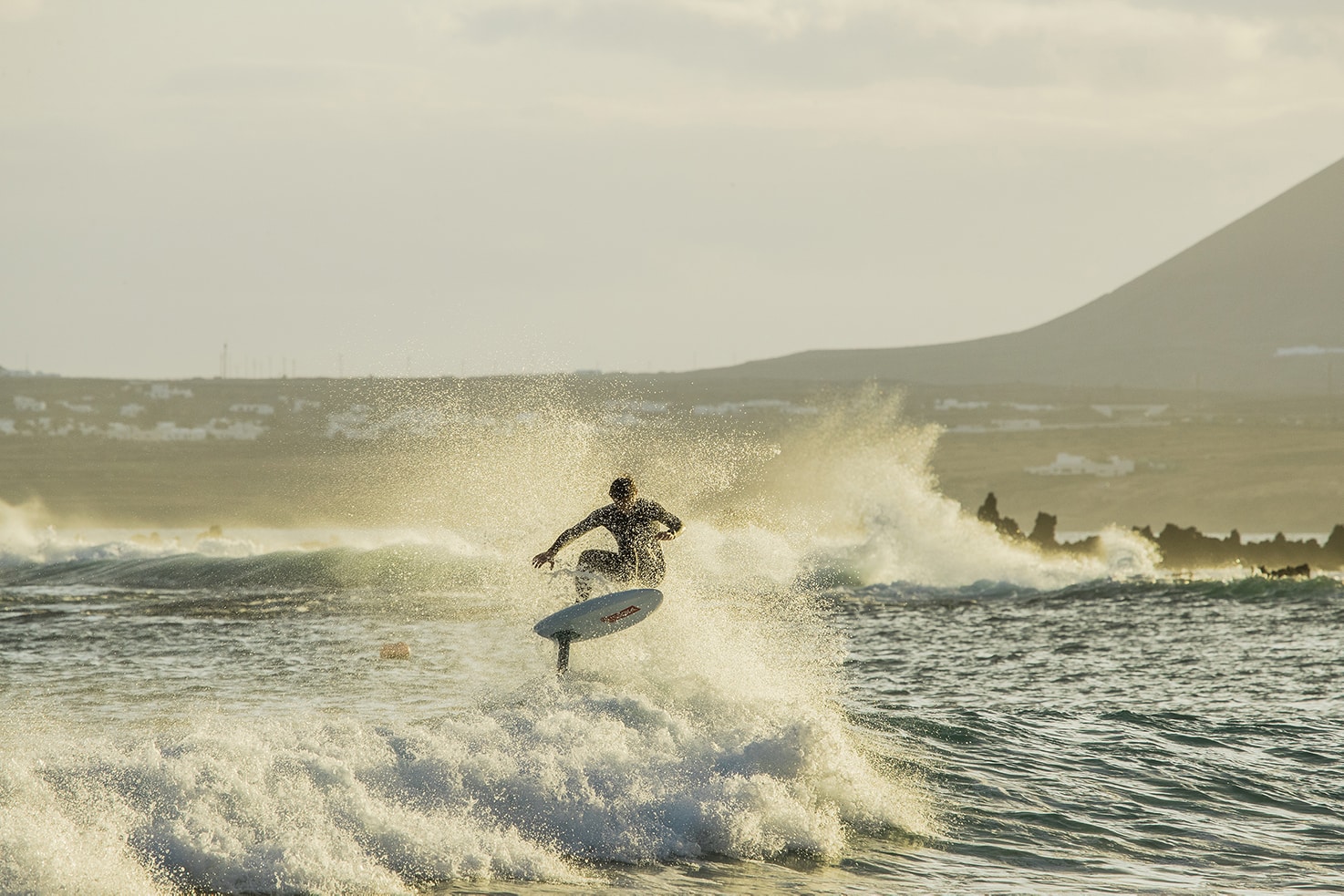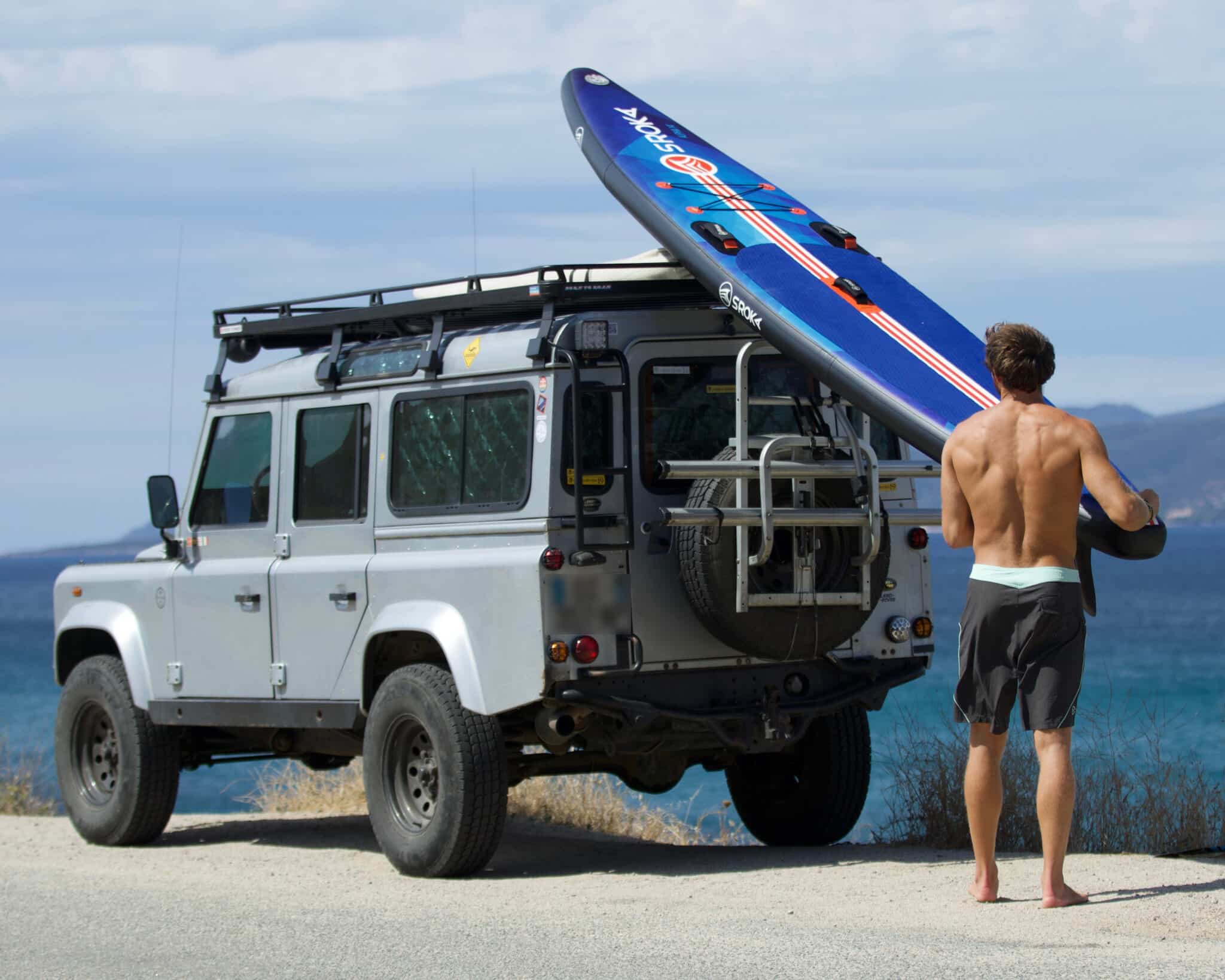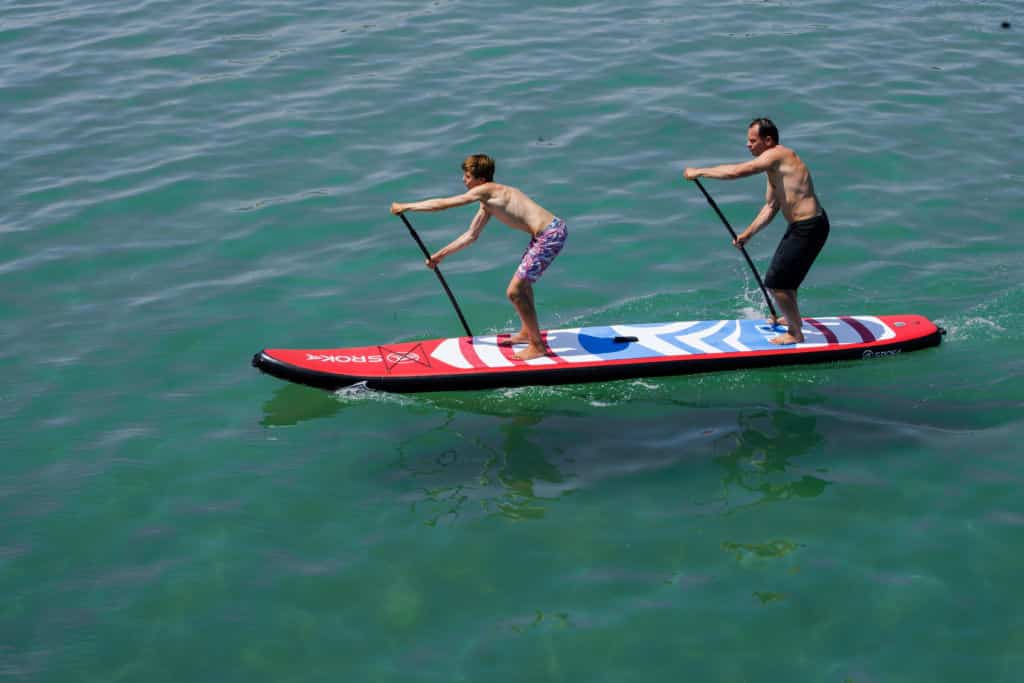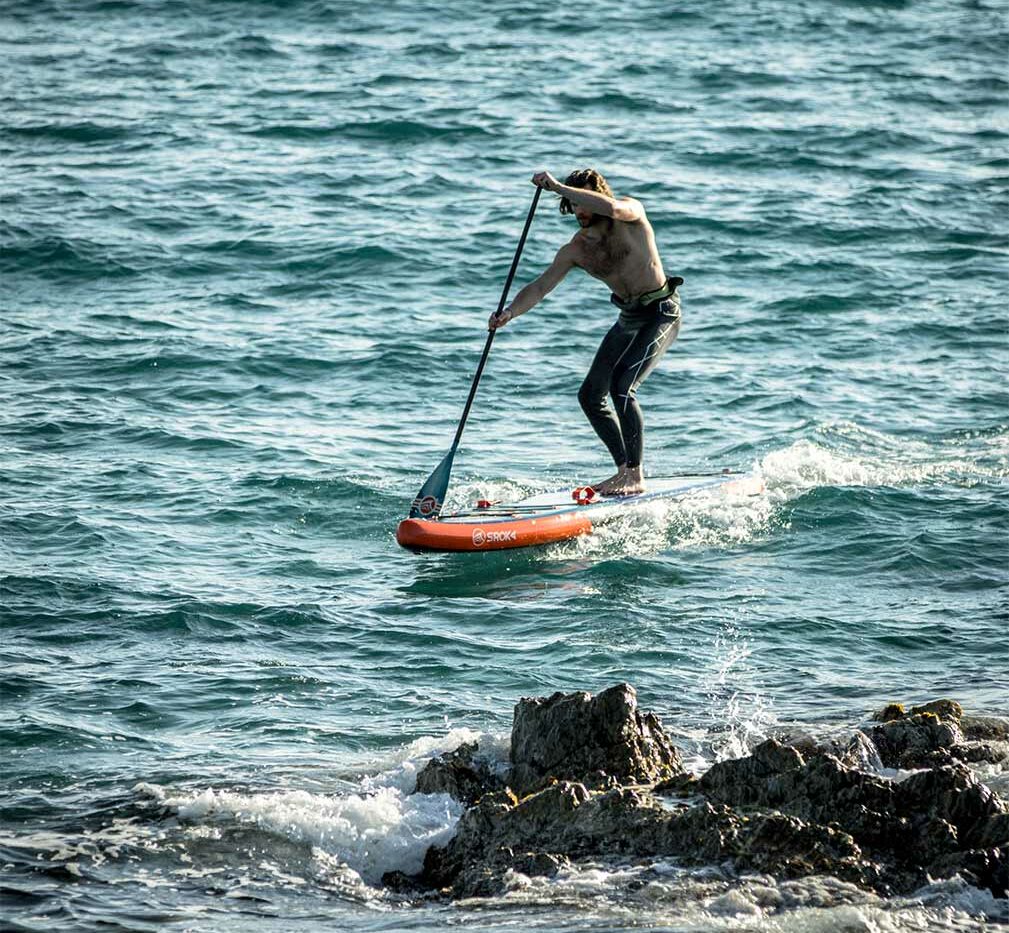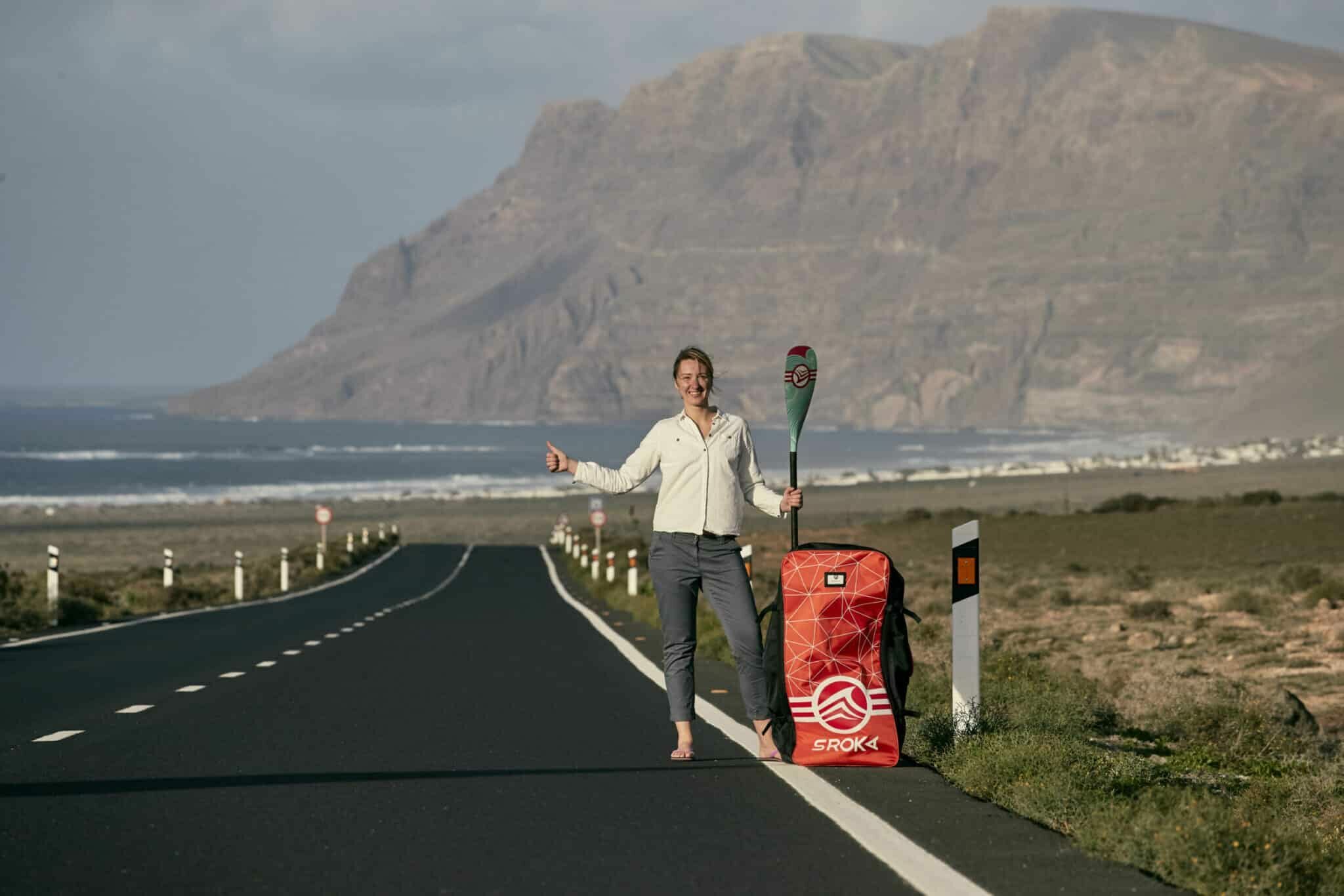 LE MAGAZINE
LE MAGAZINEWhat are the wing safety rules foil?

What are the wing safety rules foil?
Wing flying foil may be an extreme sport. It can involve risks, but most accidents are due to human error. To protect your own equipment, the equipment of others, other riders on the water and your own physical integrity, it’ s important to respect common sense and safety rules to practice in complete safety. So it’s your responsibility to anticipate certain problems, to act to avoid problems and practice in complete safety.
Equipment safety:
1. The wing:
Your wing foil is the element most likely to cause you problems, whether on land or in the water, and it must always be attached. Break leash or fail to secure it properly, and your wing is lost or damaged. So it’s vital to check the condition of your leash before every session (so as not to forget it), and to secure your wing properly when you leave it unattended on land or even when you inflate it.
- Always inflate your wing to leeward of foil and not into the wind. If, when inflating, your wing flies off on the foil, you have a great chance of making a hole in the spinnaker with the front or rear wing of the foil.
- When you leave the beach and leave your wing attached to your board. Secure it to prevent it from flying away. The best way to do this is to glue the lead board to the mast and then wrap the leash around the mast to prevent it from flying away.
- when you go out on the water, always remember to wear the foil upwind and the wing downwind.
2. The board and foil:
Your wing board foil and your foil will rarely fly away. However, it is imperative to place them correctly on the beach, in various possible ways:
- Upside down, on deck, tail into the wind (Ideally, the nose of the board should face into the wind).
- On edge (only when the ground is soft for the material) with the tail of the board upwind or the foil downwind. ( however, you are likely to damage your foil. And the performance of foil depends on the surface condition of your fins, so personally I’m not a fan of this solution).
Before each session, the foil and the board must be checked (for screws and joints).
3. Equipment selection:
The choice of your wing equipment foil has a direct impact on your safety. Going out on the water with the wrong equipment can put you in danger, so always be sure of your equipment, whether it’s the right choice or its maintenance and use.
Example: if you set off into an onshore wind with a low-volume board and the wind drops, you’ll have trouble getting in.
Personal safety:
Your personal safety depends on your personal protective equipment, and collisions with equipment or other riders can be rough. You need to be prepared, but above all you need to protect yourself. Wear neoprene booties to avoid cuts on your feet when you touch your foil. A helmet will protect your head when, for example, you lose the board while attempting your first backflip… or simply fall onto the board.
A full-body suit is a must, as it greatly reduces the risk of cuts and lightly absorbs shocks. The impact vest is a must-have, protecting your ribs and back. You’ll finda top-qualityimpact vest in our range, providing protection with style and a few extra options.
Navigation rules and priorities :
Sailing a wing foil, like any other activity, is subject to maritime regulations. Of all the rules, those for launching are important: make sure you follow these few rules:
- Get into the water when conditions permit, but don’t endanger the rescuers!
- avoid standing close to other road users
- Launch in authorized areas (e.g. channels)
- Never place your equipment between you and the rollers or waves….
Once you’re on the water, there are a few other rules to follow:
- Please respect the practice zones, as some areas are off-limits.
- Keep an eye out for bathers – they’re the most vulnerable in the water!
- Don’t jump when the environment doesn’t allow it: jumping too close to the edge or to other riders and users is prohibited as it is potentially dangerous. Find a place where you won’t hurt anyone to do your best maneuvers and set the networks alight.
- Respect basic priorities: starboard tack (right hand in front) has priority, leeward tack has priority and so does the trailing boat. When you don’t have priority, make your intentions clear to avoid misunderstandings and collisions.
- When downwind, be careful not to cross anyone’s path.
Ashore:
Safety isn’t limited to the water: it’s also important to take precautions on land.
Before you set out, check out the surroundings and ask for information from the regulars on the spot. Find out about wind conditions, waves, currents, shoals and sandbanks on the spot.
Rescue techniques and emergency procedures :
Finally, knowledge of rescue techniques and emergency procedures in the event of a problem is essential.
Learn the basics of rescuing a person in distress and how to react in an emergency.
To do this, when you come across an unconscious person, hoist them onto your board or theirs (choose the larger of the two) then, if access to a shore is easy enough to swim to, push the board to shore before calling for help. If the shore is too far away or too windy, take a means of communication with you so that you can inform the Cross of your situation as soon as possible. If you have no means of communication, signal to the other riders.
Make sure you have a means of communication, such as a waterproof cell phone, close at hand in case of need.
Conclusion:
Wingfoiling can be both exciting and demanding, but safety must always be a priority. By following these essential tips, you’ll be able to ride with complete peace of mind and enjoy this unique experience to the full. Remember to be responsible and respectful of other riders and navigation rules. Equip yourself properly with quality personal protective equipment and make sure your gear is in good condition before each session. Last but not least, get trained and informed about the safety rules specific to your spot. By adopting a responsible attitude and taking the necessary precautions, you’ll be able to enjoy your passion for wingfoil in complete safety.
 Le Magazine
Le Magazine



